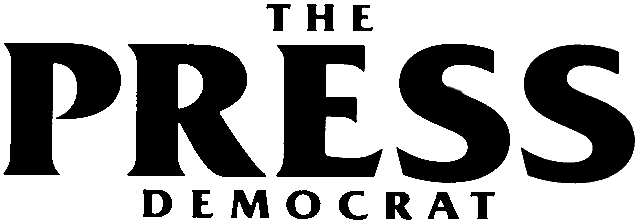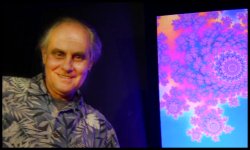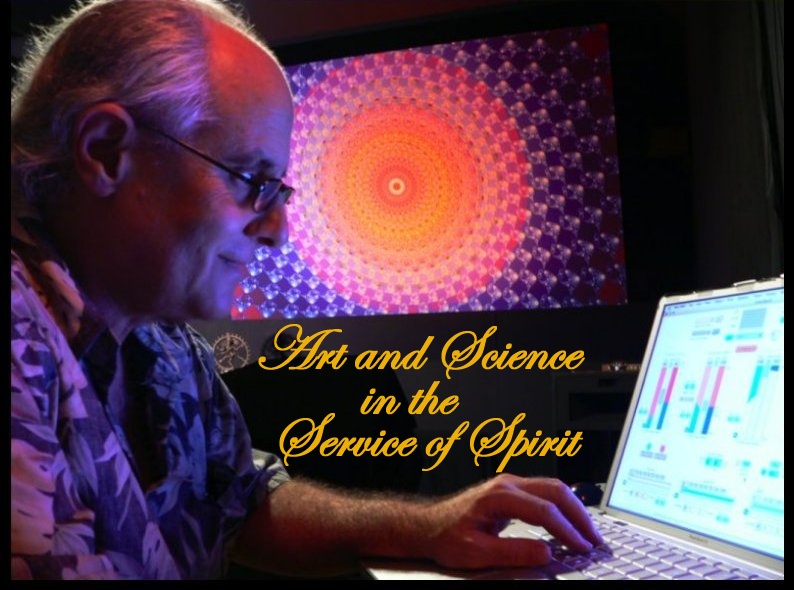| HOME | Translate |
|
| HOME | Translate |
|
|
|
during Meditation and after. |
In 1973 in Santa Rosa, California Dan Kientz, Howard Vann and Ricardo Joseph developed a very excellent Kirlian Camera. They were fellow graduate students of Randall Fontes and Bob Swanson at Sonoma State University. Their camera consisted of a metal plate connected to a high voltage coil mounted on a platform. Color slide film was placed on the metal plate. |

Feeling a little under the weather? Perhaps your aura is out of kilter and your doctor can tell what's wrong by taking some photographs. What's this all about? Strange as it may seem, researchers, including three students at California State College, Sonoma, think the day will come when your ills are diagnosed and health problems spotted before they occur by doctors interpreting specialized photographs of images of a mysterious invisible aura of energy which psychics say surrounds the body. This may all be possible, researchers hope, by utilizing something called Kirlian photography, through which brilliant red and blue patterns formed by the aura can be recorded on film. Interpretation of the photographs will tell something of the physical condition of the body. The same theory applies to plants, as well as animal life of all forms. Working with Kirlian photography for several months and achieving some highly interesting results have been Dan Kientz, Howard Vann and Ricardo Joseph, who are teaching assistant in psychology and sociology classes at Santa Rosa Junior College. Their research project was originally funded by a grant from the Associated Students at SRJC. Their work began as a result of a discussion of galvanic skin response, which took place in a class at SRJC. Several persons are doing research in this country on the theory that plants have emotional feelings, and react in different ways when hooked to a galvanic skin response device (commonly known as a lie detector), and submitted to different stresses and situations. From this, research and discussion led to information about Kirlian photography, which has been going on for a number of years, especially in Russia. Originally the trio worked with plants, recording the aura or leaves on film. The device used for making Kirlian photographs consists of basically of a high voltage high frequency coil and an electrode. A piece of photographic film, either color or black and white, is placed on the electrode, then the object to be photographed is placed on top of the film. The device produces a coronal discharge similar to what you might see if you opened the hood of your car on a dark night and looked carefully at the spark plugs while the engine was running. In operation, the high voltage charge produced by the coil is transmitted by the object being photographed to the film. As Kientz, Vann, and Joseph are working with unexposed film which is not in a camera, they do their work in total darkness in a photographic darkroom. They also process their own film, usually Kodak Ektachrome. Out of necessity, much of their work has been hit or miss, as little written information is available in this country about Kirlian photography. At first, exposure was strictly a matter of guesswork, but now they have been able to standardize. Their results have been described as "excellent" by those who have seen other Kirlian photos, including Dr. Stanley Krippner, visiting professor of psychology at Cal-State, Sonoma. Dr. Krippner is director of the Maimonides Dream Laboratory in Brooklyn, as well as director of research at the New York Institute for Child Development. The Kientz, Vann, and Joseph photos in many instances seem to show more color than those Kirlian photographs produced elsewhere, including some used to illustrate an article in a recent issue of "Popular Photography" magazine. The project has produced interesting results. Kirlian photos made of leaves show the same colored aura as produced by a human fingertip when under stress. When stress is present, the aura photographs as red, other times it is usually blue. When a person is healthy the aura also presents a smaller pattern. As a case in point, recently Ricardo Joseph made a Kirlian photo of his fingertip. When he developed the film he noticed that the aura was larger and redder than previously, with rays shooting out violently in all directions from his finger. Within a couple of hours he was in bed with the flu. The pattern can be made to vary from normal by stress. Likewise, experiments with leaves have shown that results will vary according to how long previously the leaf was picked from a plant. Eventually the aura disappears when the leaf is dead. Presumably the aura also vanishes in time from the body of a person who has died. According to Dan Kientz, the system can be used to detect physiological and psychological changes in a person. He also feels that the Kirlian method can be used to detect a change in the physical condition of a person several days in advance of its occurrence. Currently the three are experimenting with different types of color film to see if this has any noticeable bearing on the results achieved. They are also in the process of setting up a non-profit organization, Psychotronic Research Institute, to carry out further experiments. Describing Kirlian photography further, Howard Vann said that from all indications the system is being used in Russia for detecting illness in agricultural crops, as well as in medical research. What the trio is experimenting with seems to be what psychics and mystics have been talking about for years. "It's an energy source that we really know little about, but we hope we learn more," Vann says. In the meantime they are continuing their photographing, reading all available information, and carefully recording their results.
|
| R.Fontes@comcast.net | |

|
By: H. E. Puthoff and R. Fontes Electronics and Bioengineering Laboratory S.R.I Project 3194 (Task 3) November 1975 
Randall Fontes, M.A. worked with the twice nominated physicist for the Nobel Prize Dr. Harold E. Puthoff and Russell Targ at Stanford Research Institute (SRI International): CIA-Initiated
U.S. Government
|


|